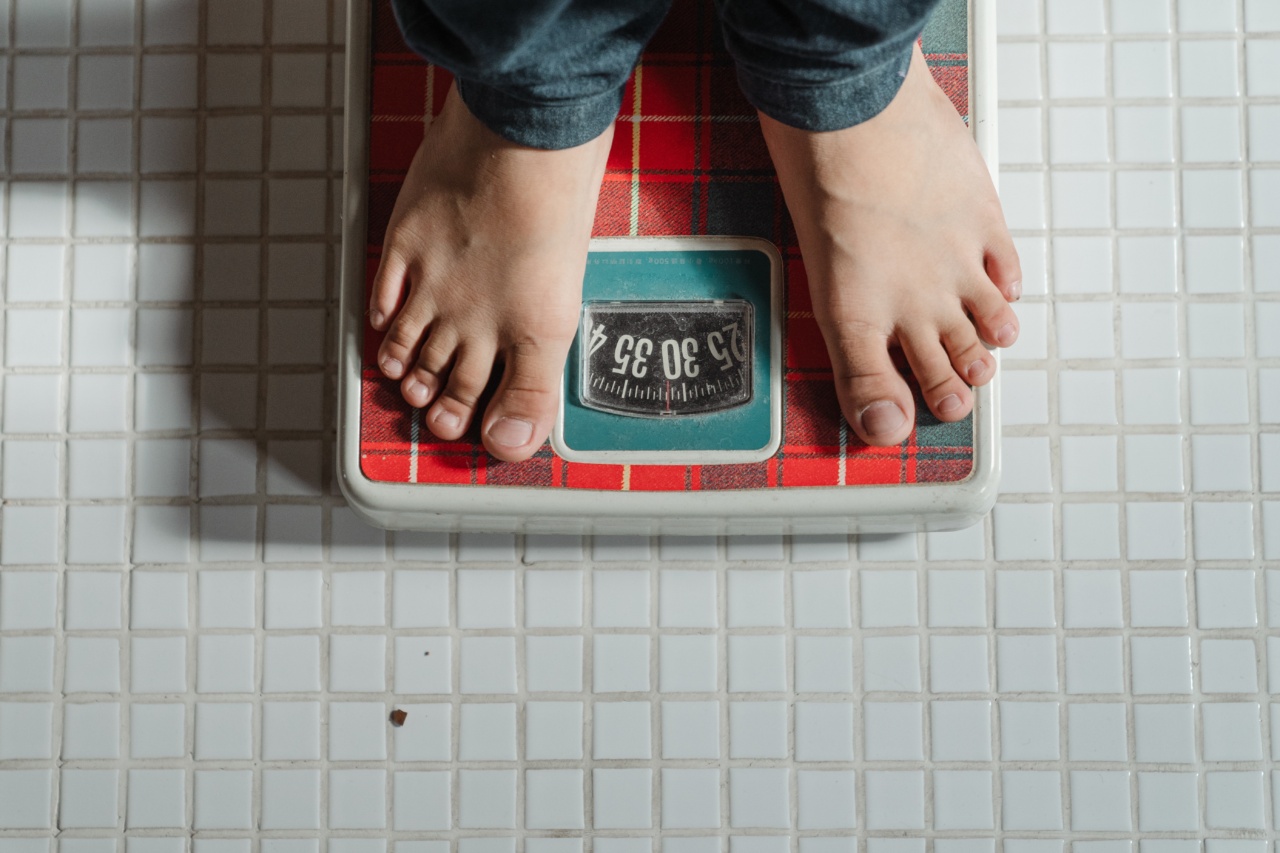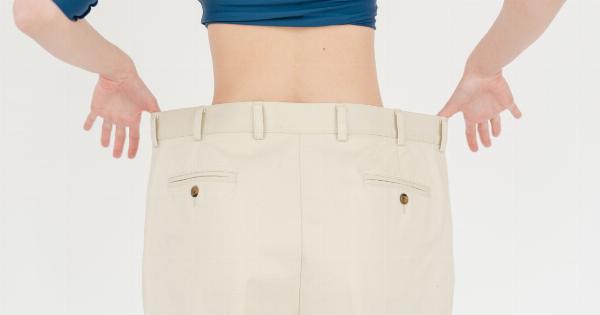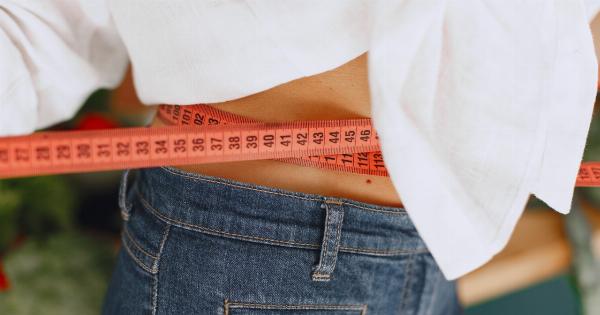Measuring body fat is an essential part of monitoring one’s health and fitness. It provides valuable insights into the composition of the body, helping individuals make informed decisions about their wellbeing.
This comprehensive guide will walk you through various methods of measuring body fat, from traditional to modern techniques, ensuring that you have all the necessary information to accurately assess your body fat percentage.
The importance of measuring body fat
Understanding the significance of measuring body fat is crucial for setting realistic fitness goals and assessing progress. Unlike weight, body fat percentage offers a more accurate representation of your body composition.
It helps determine the balance between lean mass (muscle, organs, bones) and adipose tissue (fat), allowing you to assess your overall health and track changes over time.
Methods of measuring body fat
There are several methods available for measuring body fat, each with its own advantages and limitations. Let’s explore some of the most common techniques:.
1. Skinfold Calipers
Skincare Calipers are widely used and cost-effective tools for estimating body fat percentage. This method involves pinching specific skinfold areas with calipers, measuring the thickness of subcutaneous fat.
These measurements are then used to calculate body fat using age and gender-specific equations.
2. Bioelectrical Impedance Analysis (BIA)
BIA is a non-invasive method that measures body fat by sending a small electrical current through the body. The resistance encountered by the current is then used to estimate body fat percentage.
BIA devices are commonly available as handheld devices or built into scales.
3. Dual-Energy X-Ray Absorptiometry (DEXA)
DEXA scans are considered one of the most accurate methods for measuring body fat percentage. This technique uses two X-ray beams to measure the density of bone, muscle, and fat in different regions of the body.
While DEXA scans provide highly accurate results, they are typically reserved for specialized medical or research settings due to their cost and complexity.
4. Hydrostatic Weighing
Hydrostatic weighing, also known as underwater weighing, relies on the principle of buoyancy. It involves submerging the body in water and measuring the displacement of water to determine body volume.
By comparing this volume to body weight, body fat percentage can be calculated. Hydrostatic weighing is highly accurate but requires specialized equipment and facilities.
5. Air Displacement Plethysmography (ADP)
ADP, also known as the Bod Pod, measures body composition by calculating the volume of air displaced when an individual sits inside a small, egg-shaped chamber.
This method is based on the principles of Boyle’s Law and does not involve any radiation exposure. The Bod Pod provides accurate results and is often used in research, clinical, and sports performance settings.
6. Near-Infrared Interactance (NIR)
NIR technology measures body fat by analyzing how different tissues absorb and reflect light at various wavelengths. This method involves shining an infrared light on the skin and measuring its absorption by adipose tissue.
NIR devices are portable and relatively affordable, making them convenient for personal use.
7. Body Mass Index (BMI)
BMI is a simple calculation that compares a person’s weight to their height. While BMI is widely used as a quick screening tool for assessing body weight status, it does not directly measure body fat.
It is important to note that BMI does not differentiate between fat mass and muscle mass, often leading to inaccurate results, especially for individuals with high muscle mass.
8. Waist Circumference
Measuring waist circumference provides a rough estimate of abdominal fat, which is closely linked to various health risks.
Excess abdominal fat, also known as visceral fat, has been associated with an increased risk of heart disease, type 2 diabetes, and other chronic conditions. Using a measuring tape, wrap it around your waist just above the hip bones for an accurate measurement.
9. 3D Body Scanners
3D body scanners use advanced imaging technology to create a 3D model of an individual’s body. These scanners capture precise measurements of various body areas, allowing for a detailed analysis of body composition.
While 3D body scanners provide valuable insights, they are expensive and often limited to professional and research settings.
10. Mobile Applications
With the rapid advancement of technology, numerous mobile applications have emerged to help individuals estimate their body fat percentage.
These apps utilize different techniques like visual recognition, measurement algorithms, and data analysis to provide personalized results. While convenient, it is important to note that the accuracy of these apps can vary significantly.
Conclusion
Measuring body fat is an essential aspect of maintaining good health and achieving fitness goals.
By understanding the various methods available and their pros and cons, individuals can choose the most appropriate technique to assess body fat percentage accurately. Remember that body fat measurement is best used in combination with other health indicators, such as regular exercise, a balanced diet, and a comprehensive understanding of overall wellness.


























